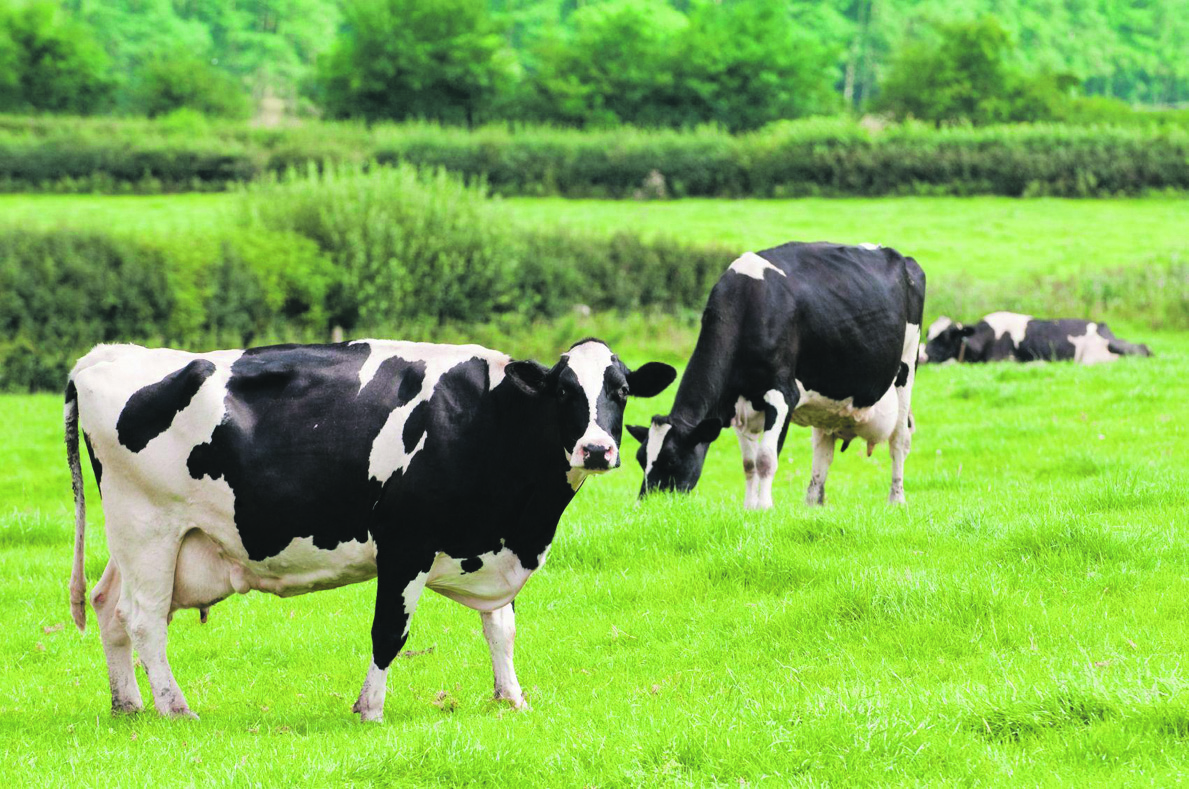BOP farmers can have say on Bovine TB eradication

.
Bay of Plenty farmers will have the chance to have their say on how to finish the job of eradicating bovine TB from New Zealand, at a regional meeting on Monday.
The meeting, seeking feedback on how to finish the job of eradicating bovine TB from New Zealand, will be held at Linton Park Community Centre, 16 Kamahi Place, Pukehangi, Rotorua, from 11am to 12.30pm.
An independent review of the National Pest Management Plan for TB has found that, while the goal of completely eradicating TB by 2055 is still valid, this won’t be achieved without prioritising the remaining hot spots of TB-infected possums.
The review was conducted by a Plan Governance Group (PGG) including representatives of the Ministry for Primary Industries (MPI), DairyNZ, Beef + Lamb New Zealand (B+LNZ), and Deer Industry New Zealand (DINZ) and chaired by Dr Helen Anderson, an experienced primary sector board director.
Dr Anderson said New Zealand had made great progress in reducing the impact of TB but there is more to do to protect valuable dairy, beef and deer industries and to safeguard rural communities.
“We are so close to achieving zero infections in our livestock, with just 15 herds, or around 0.01 percent, infected in July this year. That’s an amazing achievement, thanks to decades of hard work and ongoing investment.
“But while the disease remains in possums, we will keep having outbreaks of reinfection.”
The PGG is seeking feedback on a number of matters including:
Prioritising eliminating TB in the remaining hot spots of highly infected possum populations as soon as possible, using the most cost-effective tools in large “landscape-scale” operations.
Updating the TB Plan milestones to achieve TB freedom in both herds and possums by 2040.
Dr Anderson said it was proposed to replace the milestone of TB freedom in herds by 2026.
“We’re so close to zero, but we can’t achieve or maintain zero herd infections until we get rid of the disease reservoirs in the possum population.
“Farmers contribute to the cost of the TB-free programme through their levies and the sooner New Zealand gets rid of TB in possums and herds, the sooner the cost to farmers can reduce.”
Funding of $60 million a year, 60 percent from farmers and 40 percent from the Crown, will cover the costs for the next five years.
“Beyond 2031, it’s currently expected there will be a shortfall, but it’s proposed to undertake a further review of long-term funding before we get to that point. It’s too soon to say what will be required beyond 2031.”
OSPRI operational developments which contribute to the goals of the TB Plan include changes to targeted criteria-based on-farm TB testing and potential simplification of the herd status classification system. These are included in the consultation for feedback.
Primary sector levy organisations represented on the PGG are encouraging farmers to have their say.
Beef + Lamb New Zealand chief executive Alan Thomson says: “Even if you’ve never faced TB on your farm, this plan affects the whole sector. Every farmer’s voice matters in shaping how we move forward.”
Dairy NZ chief executive Campbell Parker says: “I encourage all farmers to have their say during this consultation. Whether or not you’ve been directly affected by TB, eradicating this disease is vital for the future of our entire sector.”
Deer Industry New Zealand chief executive Rhys Griffiths says: “Farmer input plays a crucial part in the primary sector’s future, and here’s your chance to feed into important decisions. Get informed on what the plan is proposing and make sure you have your say.”
Consultation on draft proposals for the TB Plan runs from September 1 through to October 12. For more information or to make a submission visit www.tbplanreview.co.nz